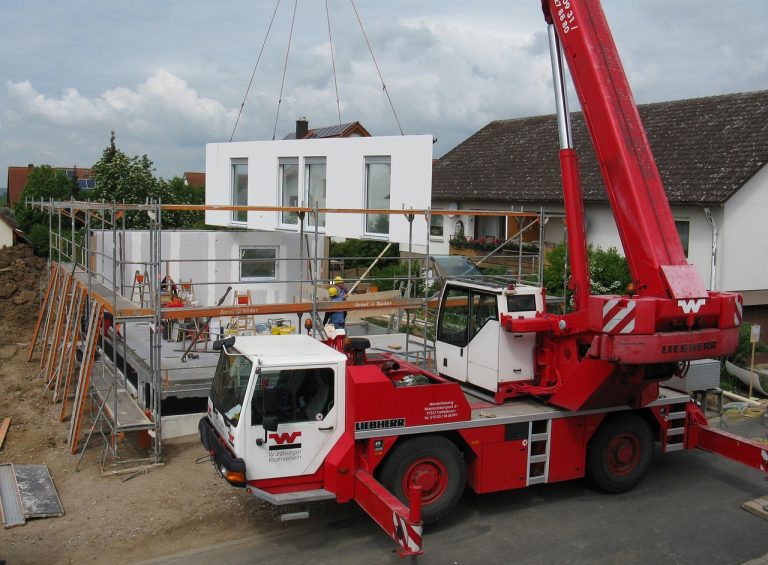
The construction industry is known for its complexity, where projects involve multiple stakeholders, tight deadlines, and ever-changing variables. Successful outcomes often hinge on effective communication and collaboration between clients, project managers, and on-site teams. In this blog, we will delve into the importance of real-time communication and how it can enhance client relationships, project efficiency, and overall success in the construction sector.
The Role of Real-Time Communication
Communication in construction is not merely about sharing information; it’s about making informed decisions, preventing errors, and ensuring everyone involved in a project is on the same page. Real-time communication tools play a pivotal role in addressing these challenges. Whether it’s coordinating with subcontractors, addressing client concerns, or resolving unexpected issues, real-time communication provides an instantaneous and efficient means to connect everyone involved in a project.
Benefits of Real-Time Communication
Real-time communication brings a multitude of advantages to the construction industry:
1. Enhanced Client Satisfaction: Clients appreciate transparency and being kept in the loop. Real-time communication allows you to provide updates on project progress, timelines, and any changes promptly, leading to improved client satisfaction.
2. Reduced Errors and Rework: Miscommunication or delays can result in costly errors and rework. Real-time communication minimizes the chances of misunderstandings and allows for quick correction of any issues, saving time and resources.
3. Accelerated Project Timelines: Faster decision-making and issue resolution mean that projects can progress smoothly, meeting deadlines and potentially finishing ahead of schedule.
4. Better Collaboration: Real-time communication encourages collaboration among team members, fostering a more cohesive working environment and, in turn, improving project outcomes.
Case Studies
Let’s take a look at a couple of real-world examples to illustrate the impact of real-time communication in construction:
Case Study 1: Streamlining Project Management
A mid-sized construction company adopted a real-time communication tool that allowed project managers to instantly relay changes and updates to on-site teams and clients. This led to a 30% reduction in project delays and improved client satisfaction.
Case Study 2: Client-Centric Approach
A custom home builder implemented real-time communication to keep clients informed about every step of the construction process. This resulted in delighted clients who felt more involved and appreciated the transparency.

Implementation Tips
To harness the power of real-time communication effectively, consider the following tips:
1. Choose the Right Tools: Select communication tools that are suitable for your specific needs and provide a user-friendly interface for easy adoption.
2. Provide Training: Ensure that your team understands how to use the communication tools to their full potential, maximizing their benefits.
3. Set Communication Protocols: Establish clear guidelines for when and how to use real-time communication, preventing information overload and ensuring focused interactions.
Key Takeaways
In the fast-paced world of construction, real-time communication is a game-changer. It enhances client relationships, reduces errors, accelerates project timelines, and fosters collaboration. By adopting real-time communication tools, construction companies can not only improve their efficiency but also deliver results that exceed client expectations. Real-time communication isn’t just a trend; it’s a necessity for the modern construction industry.
